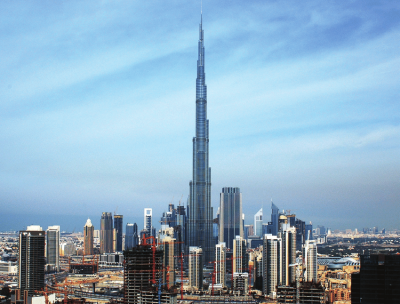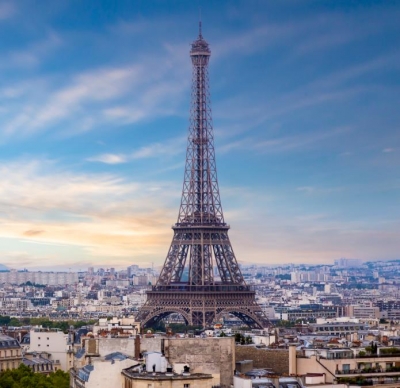Which structure is the tallest in the world today?

The world's current tallest building, the Burj Khalifa in Dubai, soars 2,716 into the sky, and more and more skyscrapers across Asia and the Middle East are rising each year.
Burj Khalifa was designed by Adrian Smith, of Skidmore, Owings & Merrill, whose firm designed the Willis Tower and One World Trade Center. Hyder Consulting was chosen to be the supervising engineer with NORR Group Consultants International Limited chosen to supervise the architecture of the project. The design is derived from the Islamic architecture of the region, such as in the Great Mosque of Samarra. The Y-shaped tripartite floor geometry is designed to optimize residential and hotel space. A buttressed central core and wings are used to support the height of the building. Although this design was derived from Tower Palace III, the Burj Khalifa's central core houses all vertical transportation with the exception of egress stairs within each of the wings. The structure also features a cladding system which is designed to withstand Dubai's hot summer temperatures. It contains a total of 57 elevators and 8 escalators.
Critical reception to Burj Khalifa has been generally positive, and the building has received many awards. However, there were numerous complaints concerning migrant workers from South Asia who were the primary building labour force. These centered on low wages and the practice of confiscating passports until duties were complete. Frequent suicides committed by expatriate employees who worked at the structure were reported in 2011.
Picture Credit : Google
